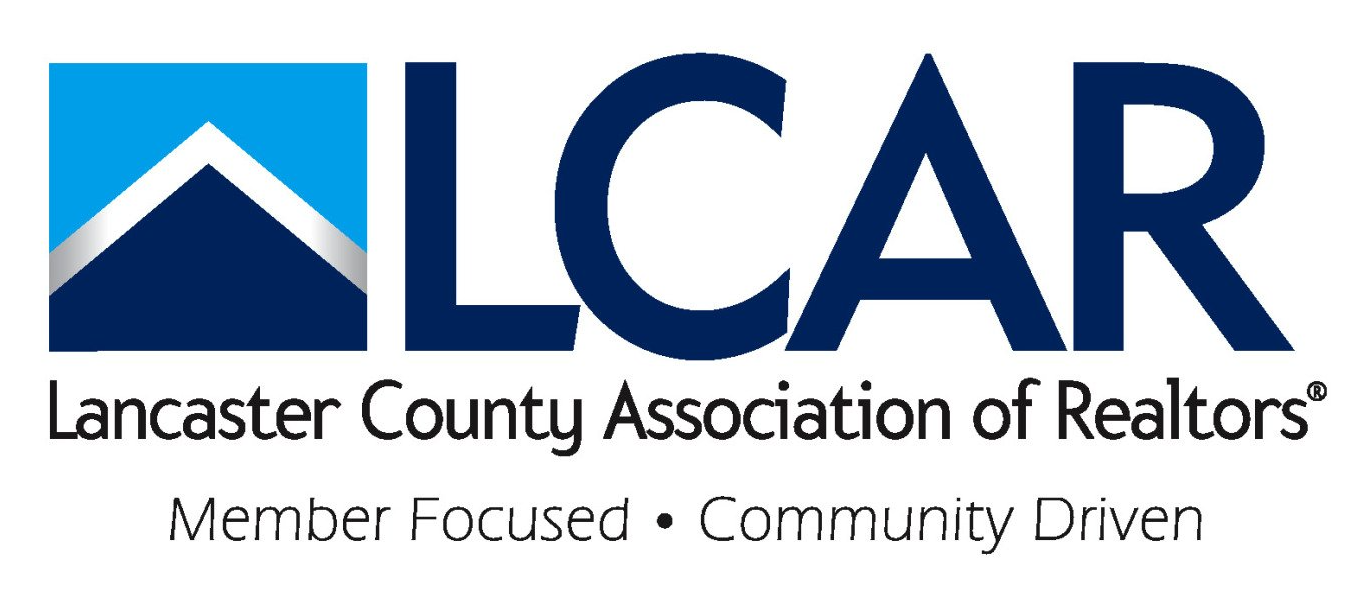Multi-Unit Mastery: A Realtor's Guide

As a residential Realtor®, you may dabble in multi-unit sales from time to time. Most of us could use a refresher on some distinct differences in the listing information needed for a multi-unit compared to a single-family home. The more complete the information, the better to attract buyers. At the very least, you will have a better understanding of your listing and how to price it.
A good starting point is to determine how many units are in the property. Guess what? A garage is not a separate unit, even if it is getting separate monthly rent. A property with two residential units and a detached two-car garage is a two-unit. A multi-unit with 4 units or fewer is considered residential; 5 units or more is commercial. This relates to financing, with 5 units or more needing a commercial loan.
You’ll need to know the monthly rent for each unit. The best way to verify the monthly rent is with a copy of the leases for each unit. Do you know who else will want copies of the leases? The buyer agents and buyers. You can add the leases to the documents in Bright. I suggest making them available to agents only. The lease will also show you if the tenants are month-to-month or yearly, which is another field in Bright.
You will need to know the amount of the security deposit, which is found in the lease agreement. The deposit is transferred to the buyer at settlement, so it's important to know this information and have it documented in the lease. If one or all of the units are vacant, there is a field for projected monthly rent. Bright will ask you for the number of bedrooms and bathrooms for each unit; there are separate fields for each unit.
The square footage per unit is another field. A good way to get this is to use CubiCasa, the floor plan app that is included in your Bright membership. You can create floor plans for each unit using CubiCasa and add them to the listing. CubiCasa calculates square footage, too.
You can calculate the gross annual income based on the lease agreements. The owner or property manager will need to provide their expenses so that you can determine the net operating income. Even better if they can provide a financial statement with both income and expenses for the property. You should indicate in Bright what utilities are paid by the owner and which are paid by the tenants. This information is also noted in the lease. Enter the amounts of the annual expenses paid by the seller/landlord.
Have you heard of an APOD? It is the Annual Property Operating Data, which is essentially a profit & loss statement for an investment property. There are many templates for this form available with a Google search. It’s helpful tool to demonstrate the cashflow and financial viability of an investment property.
Does your listing require a rental license? If so, a copy of the rental license would be helpful for your listing. Some municipalities oversee rental property licensing in Lancaster County, and some do not.
Other helpful information includes a list of recent capital improvements and renovations, historical rental income (the last 2-3 years), the Net Operating Income (NOI) at full occupancy, financial metrics (cap rate, cash-on-cash return, gross rent multiplier), and potential for rent increases.
In summary, listing a multi-unit requires additional information to help you, as the listing agent, understand the market value and help buyers make a decision. The two most helpful documents are the lease agreements and the financial statement from the seller. The more complete your listing in Bright, the better prepared you will be to sell the property.
-Copyright © Multi-Unit Mastery, Lisa Naples, Berkshire Hathaway HomeServices Homesale Realty. 2024. All Rights Reserved.
Facts, opinions and information expressed in the Blog represent the work of the author and are believed to be accurate, but are not guaranteed. The Lancaster County Association of Realtors is not liable for any potential errors, omissions or outdated information. If errors are noted within a post, please notify the Association. Posts represent the author's opinion and are not necessarily the opinion of the Association.













